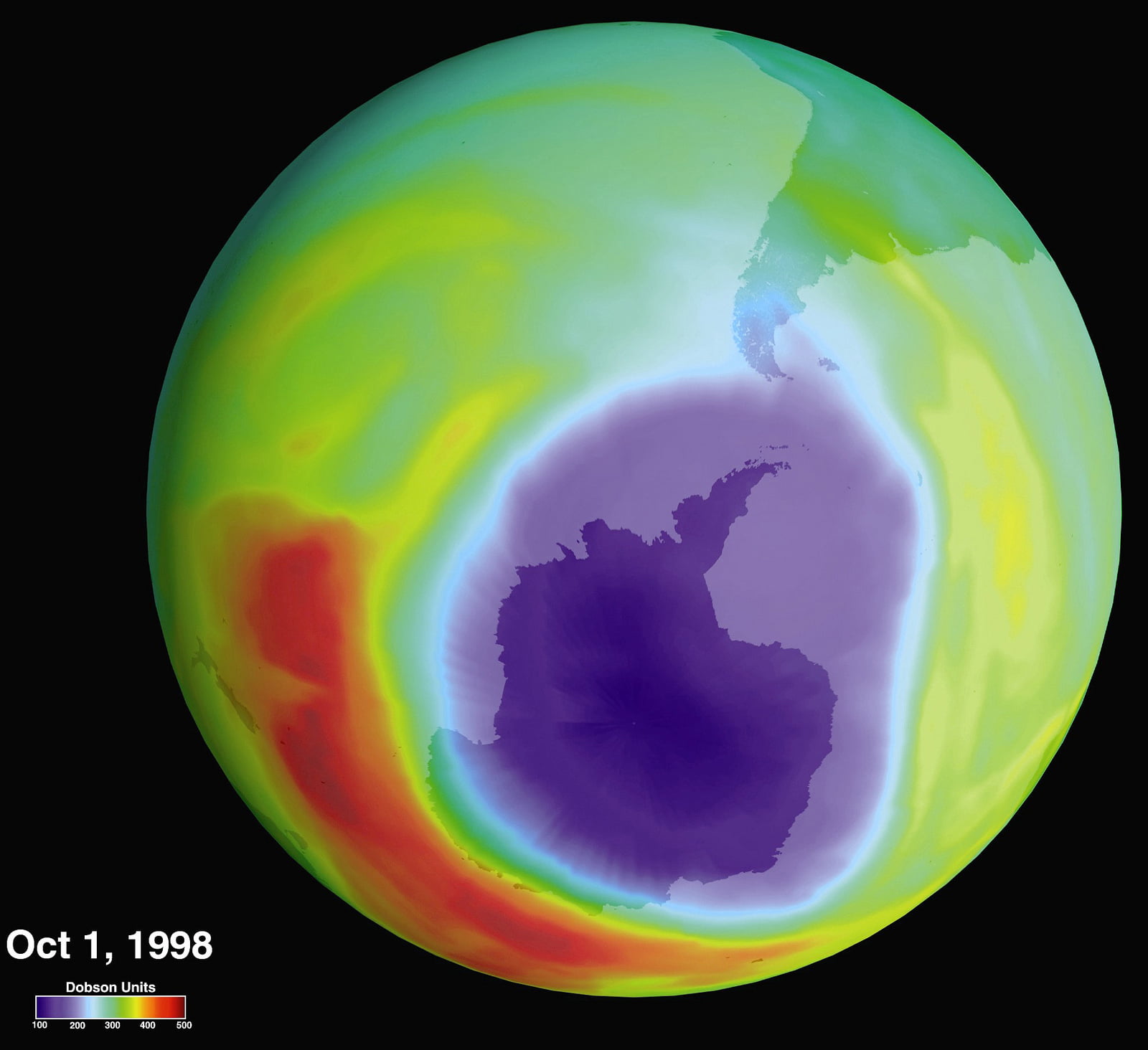The year is 1985. Ronald Reagan is president. Margaret Thatcher is prime minister of the United Kingdom. Michael Jackson, White Snake and George Michael are dominating the billboard charts. Back to the Future is a smash hit at the box office.
And scientists have just discovered a giant hole in the ozone layer above Antarctica.


But in two years time, before even Universal Pictures released the sequel to Back to the Future the international community had come together to create a binding international treaty that would lead to the healing of the ozone layer.
That agreement is known as the Montreal Protocol. It is widely considered the world’s most successful global environmental treaty.
In this special episode of Global Dispatches podcast, produced in partnership with the United Nations 

You will hear from scientists who discovered the link between Chlorofluorocarbons (CFCs) and ozone depletion; key diplomats and government leaders who pressed for the international regulation of CFCs in 1987; and academics and civil society leaders who explain why this 31-year-old agreement is as relevant today as it was the day it was signed.
The Montreal Protocol is a success of multilateral cooperation. This podcast episode tells its story.
Download this episode to listen later. You can subscribe on iTunes, Stitcher, and Spotify
Interviews:
Nobel Prize winning chemist Mario Molina
Susan Solomon, atmospheric scientist
David Doniger, National Resources Defense Council
Maria Ivanova, University of Massachusetts, Boston
Melinda Kimble, United Nations Foundation
Archival Audio:
Ronald Reagan
Lee Thomas, former EPA Administrator
Mustafa Tolba, former Executive Director of the United Nations Environment Program
This episode is part of a series of episodes, called “Wins for the World” in which we tell the story of how multilateral cooperation tangibly benefited people and the planet. Subscribe today!
